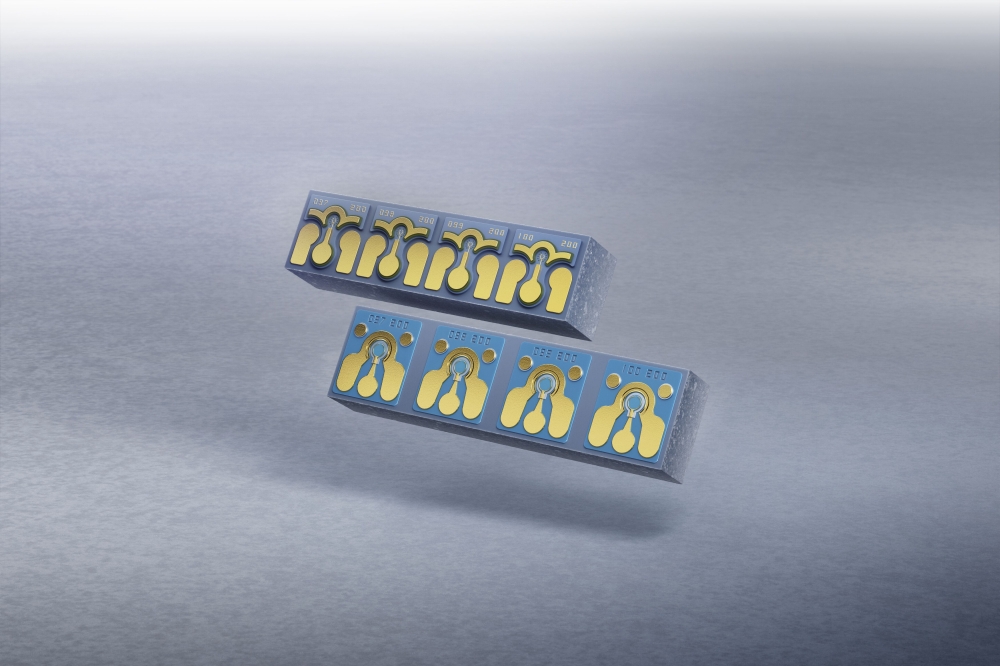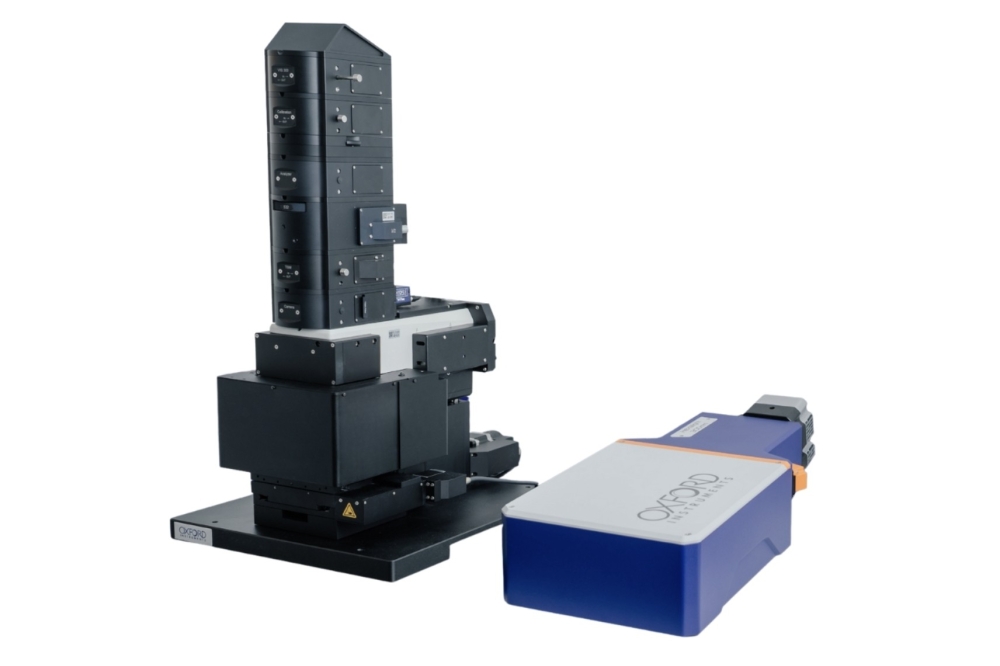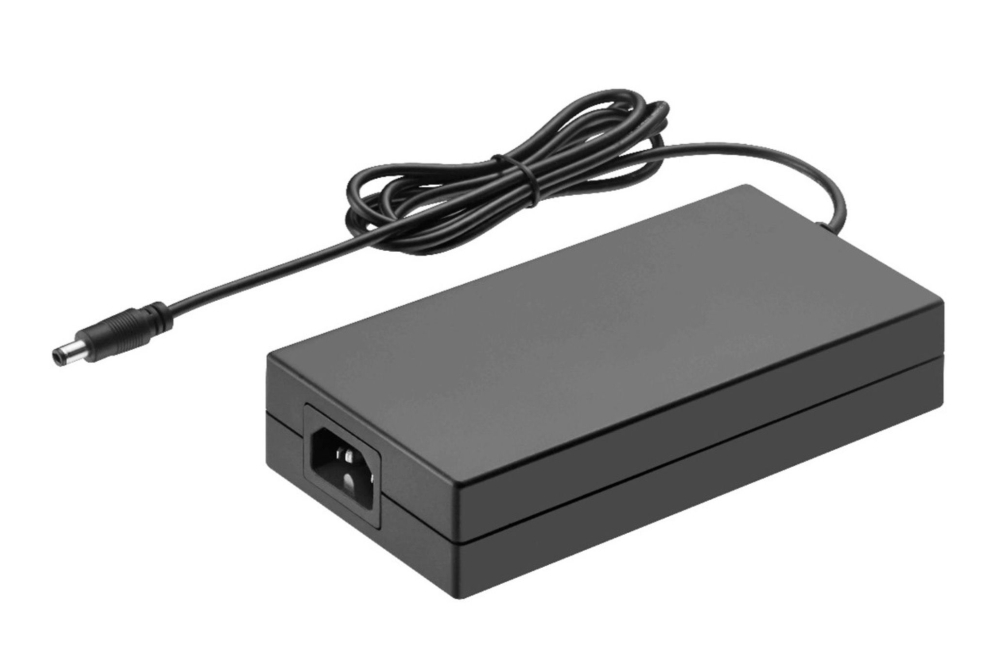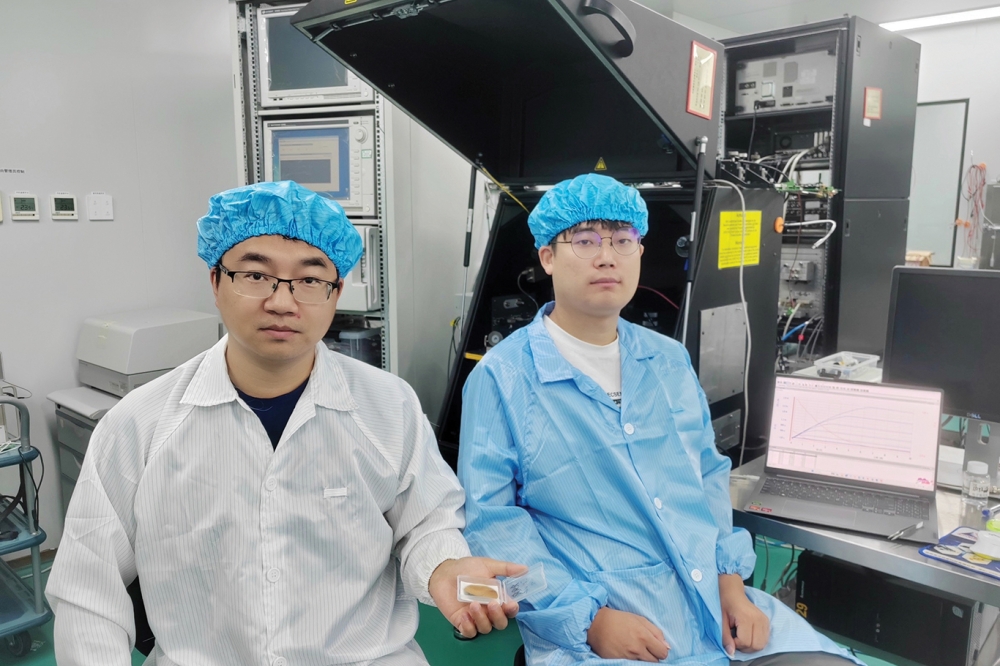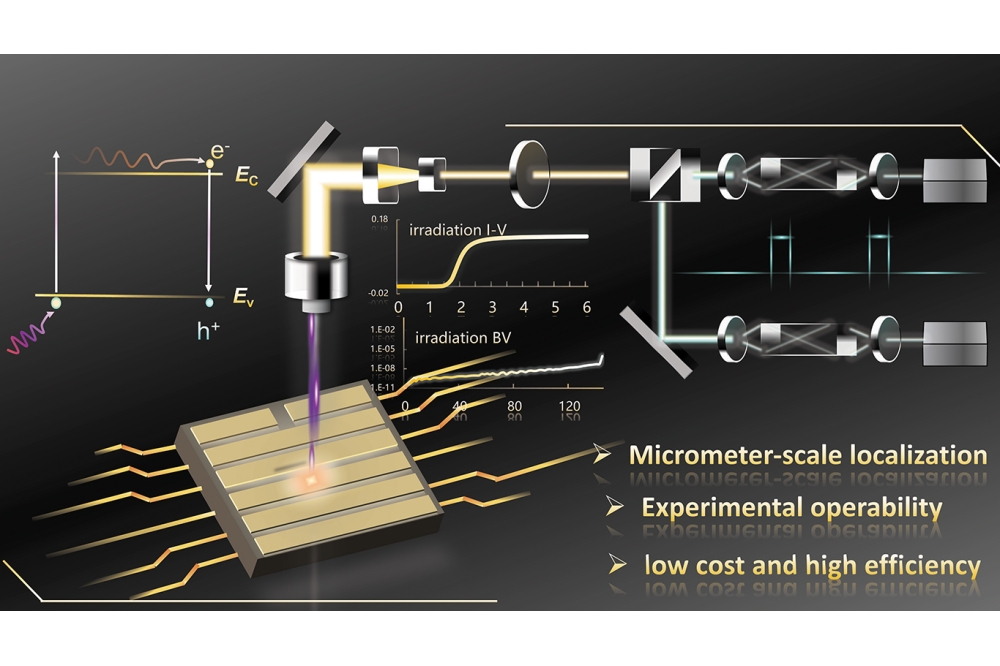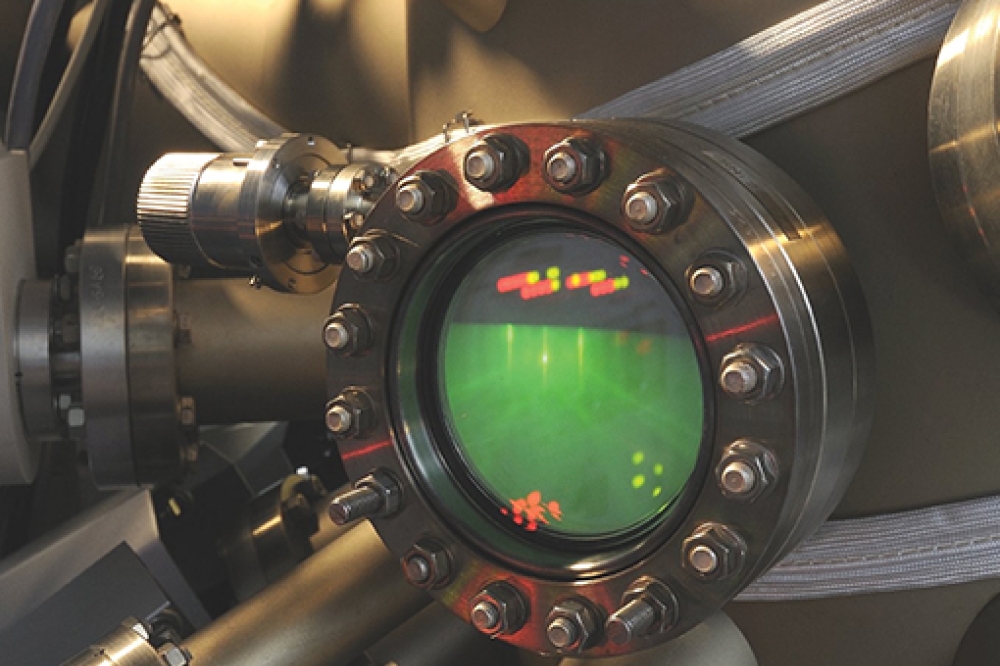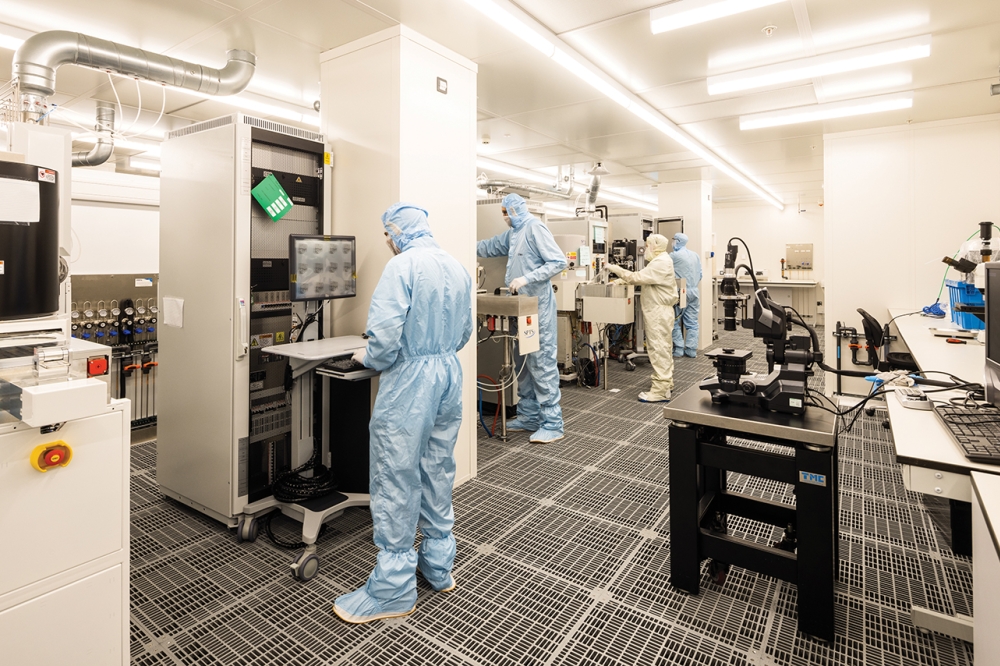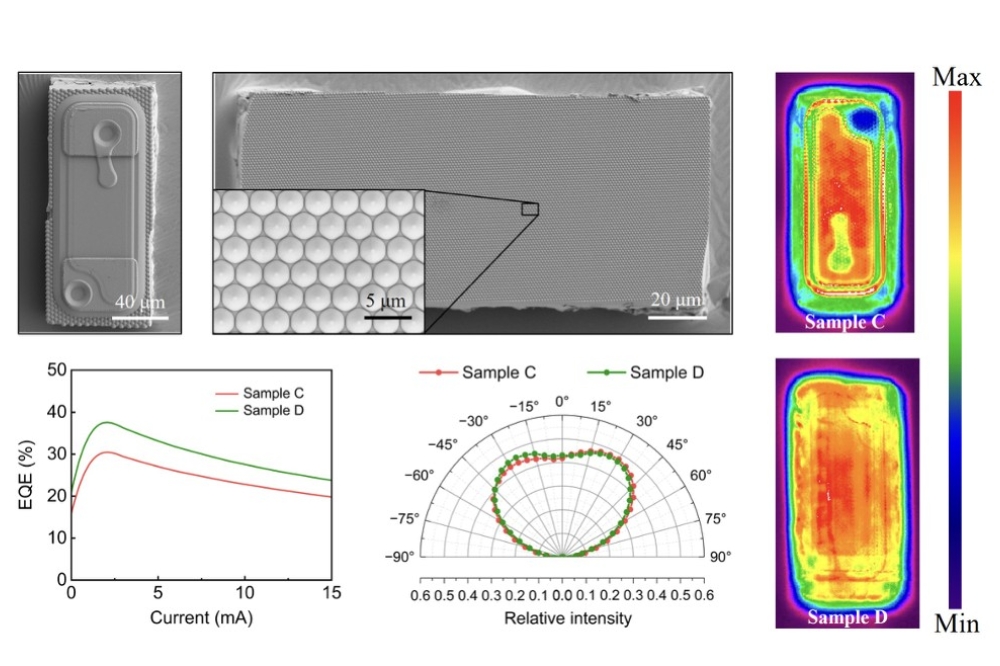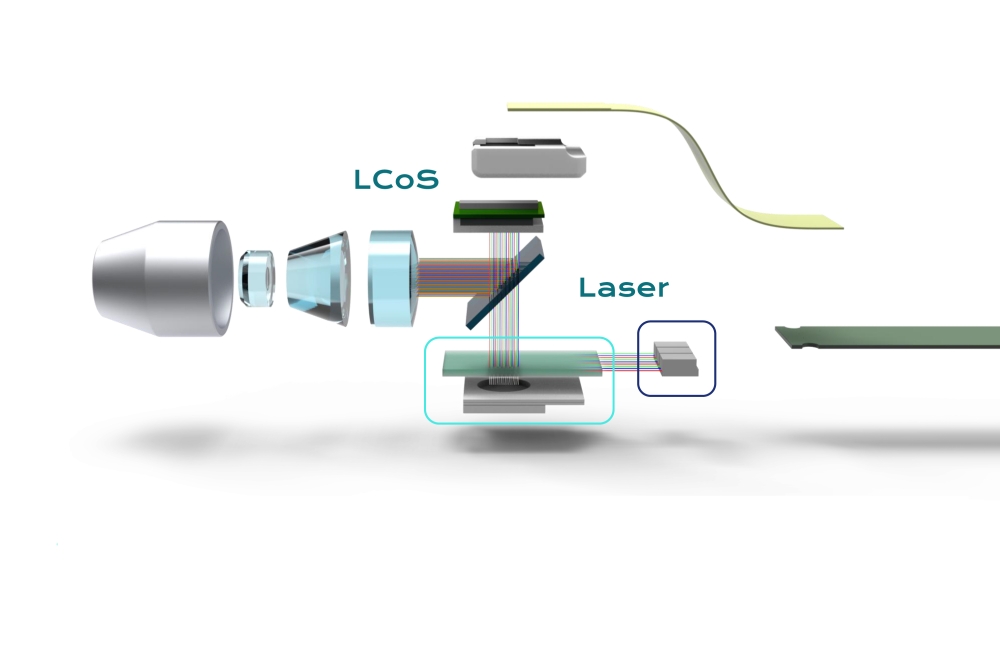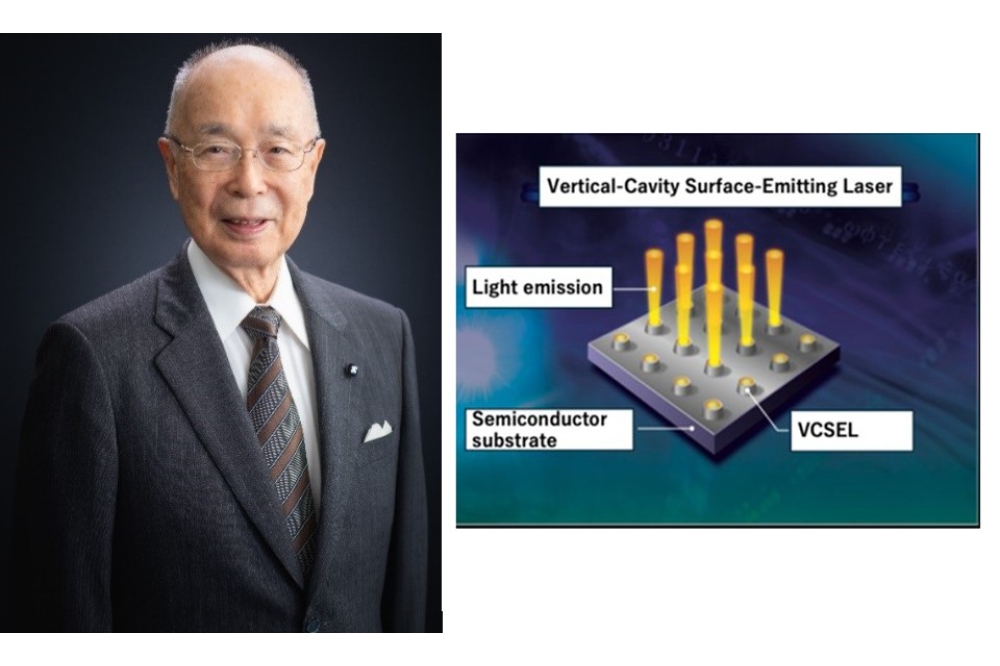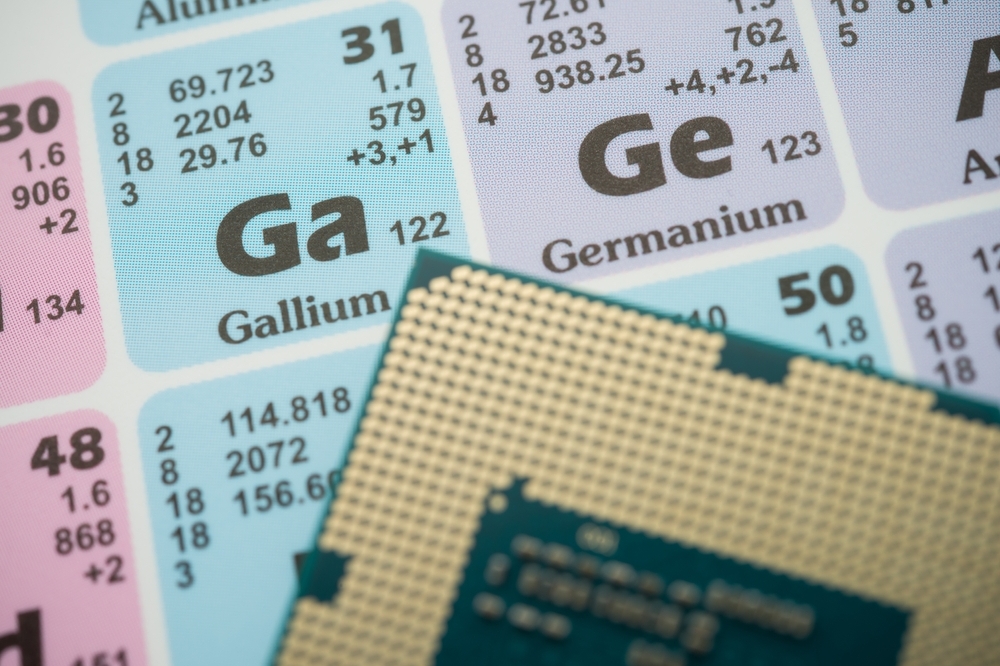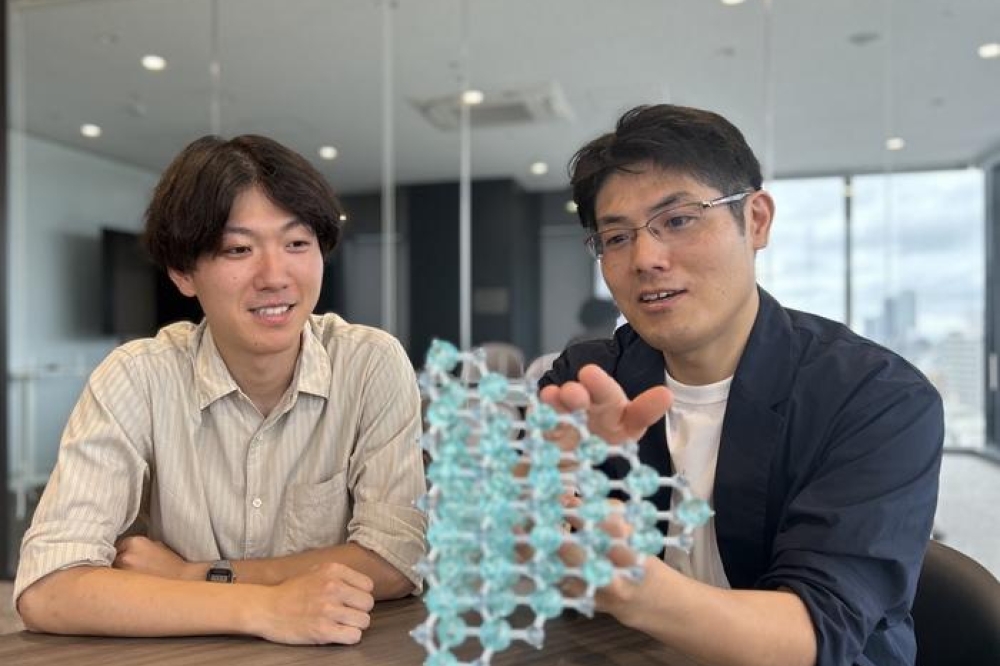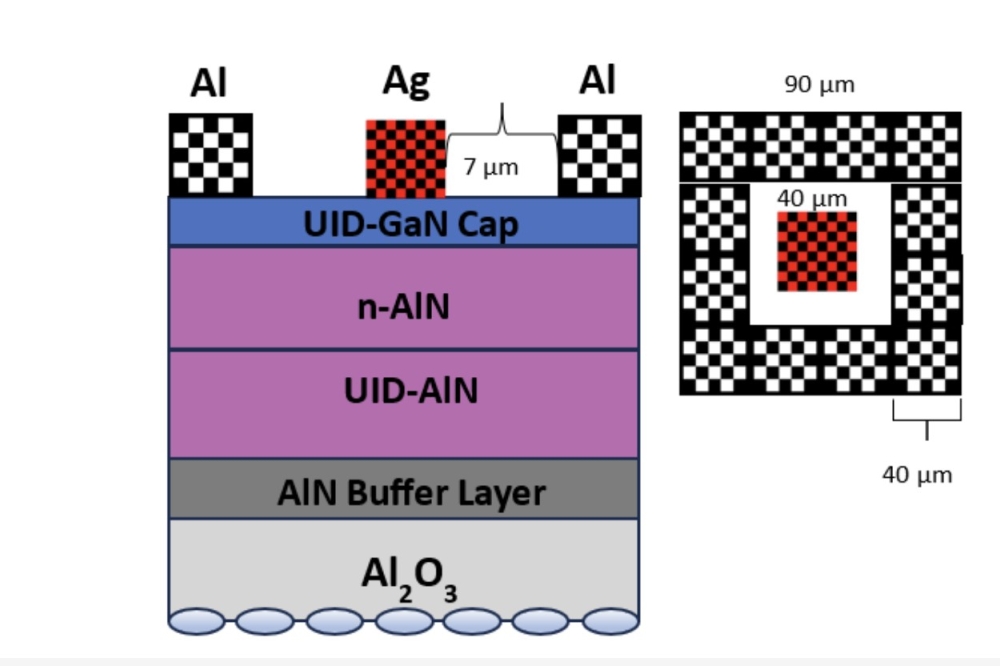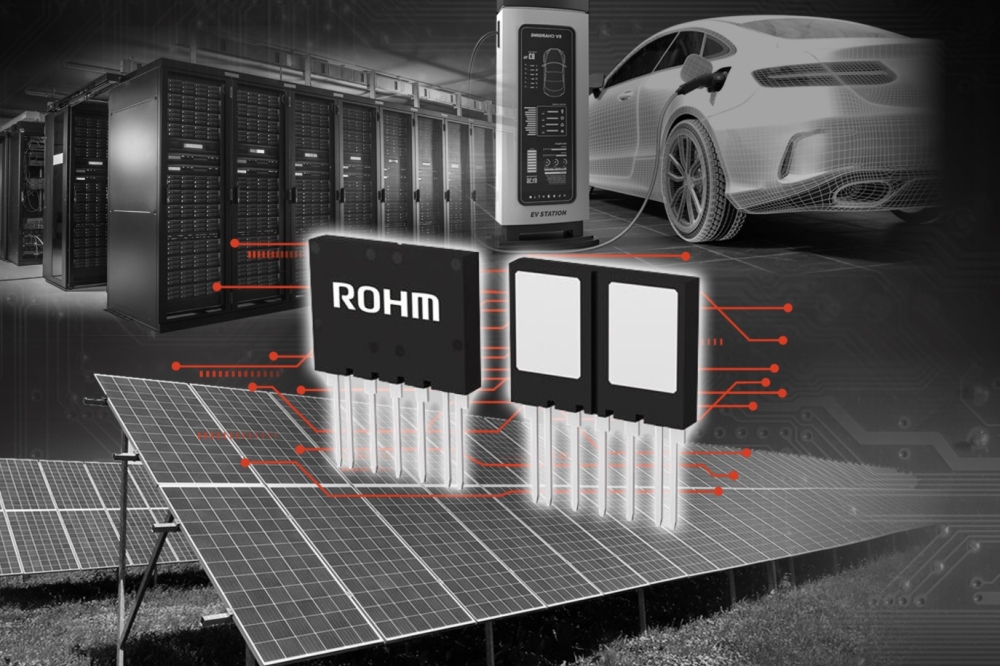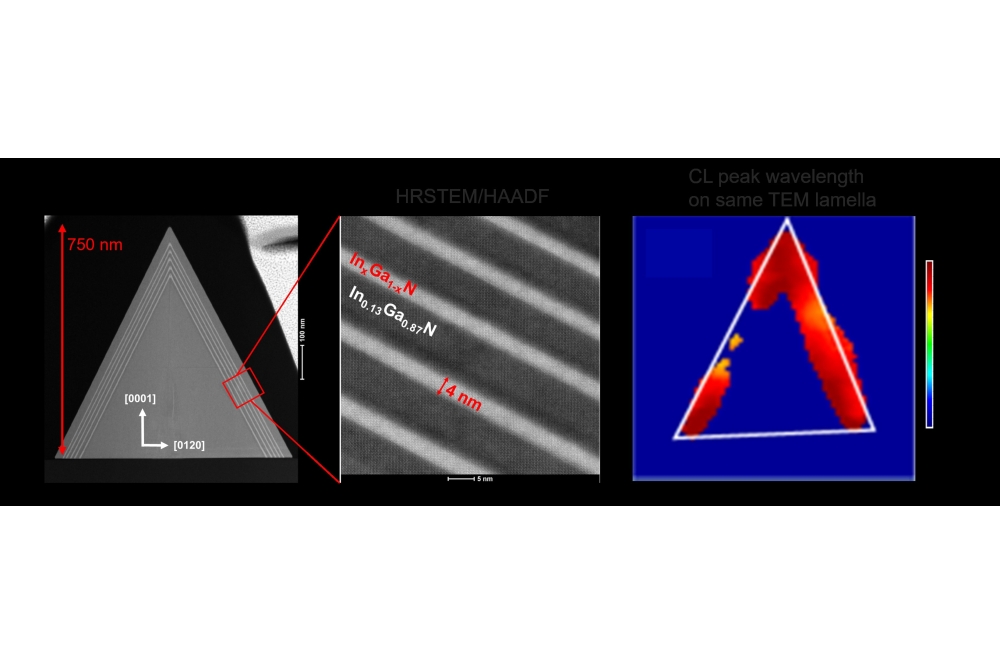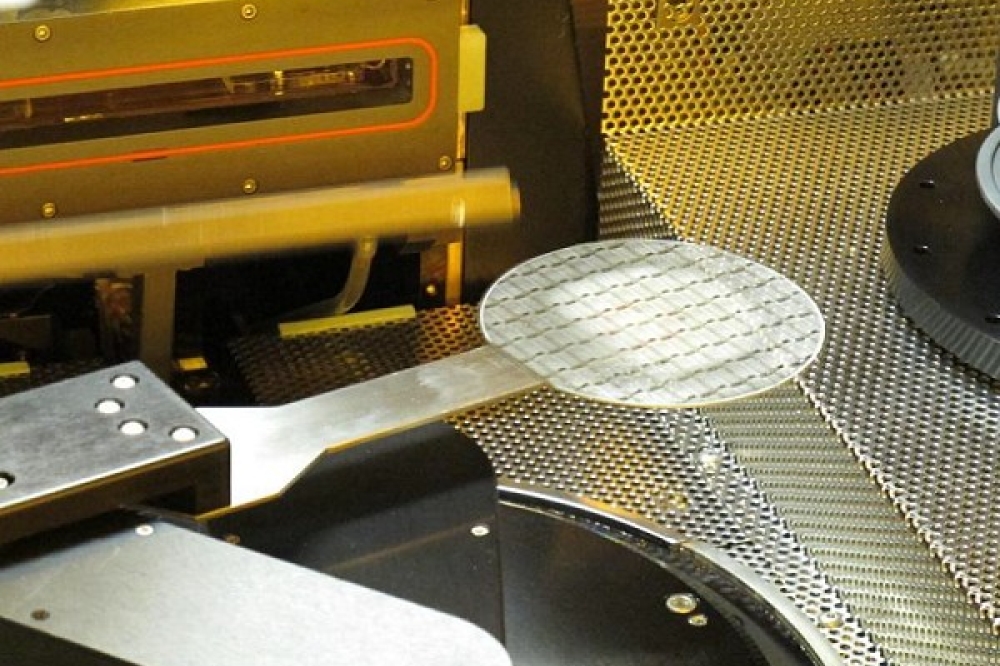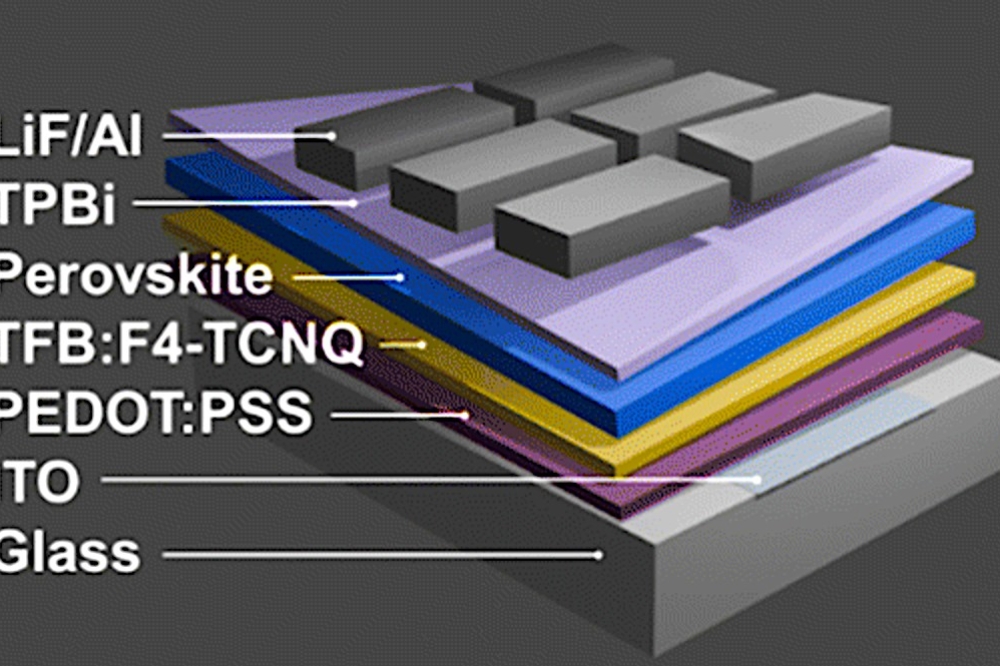LED gains control of spin
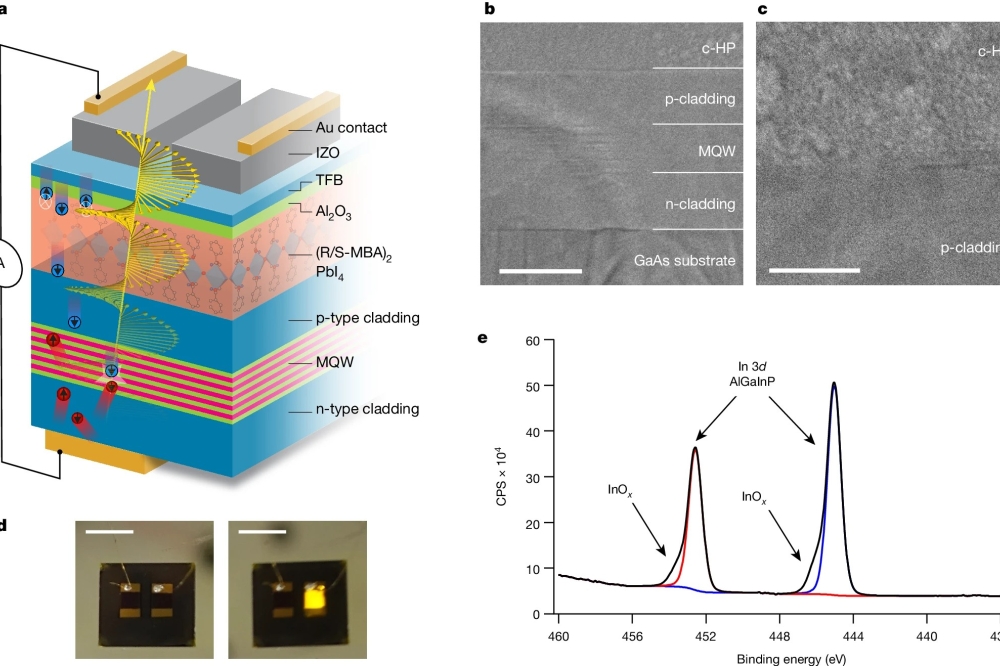
A research effort led by scientists at the US Department of Energy’s (DOE’s) National Renewable Energy Laboratory (NREL) has made advances that could enable a broader range of currently unimagined optoelectronic devices.
The researchers, whose previous innovation included incorporating a perovskite layer that allowed the creation of a new type of polarised LED that emits spin-controlled photons at room temperature without the use of magnetic fields or ferromagnetic contacts, now have gone a step further by integrating a III-V semiconductor optoelectronic structure with a chiral halide perovskite semiconductor.
In other words, they transformed an existing commercialised LED into one that also controls the spin of electrons. The results provide a pathway toward transforming modern optoelectronics, a field that relies on the control of light and encompasses LEDs, solar cells, and telecommunications lasers, among other devices.
“This work is particularly exciting to me, as it combines spin functionality with a traditional LED platform,” said the first author of the work, Matthew Hautzinger. “You can buy an LED analogous to what we used for 14 cents, but with the chiral perovskite incorporated, we’ve transformed an already robust (and well understood) technology into a futuristic spin-control device.”
“It's up to one's imagination where this might go or where this might end up,” said Matthew Beard, a senior research fellow at NREL and coauthor of the newly published Nature article, “Room temperature spin injection across a chiral-perovskite/III-V interface.”
Beard also serves as director of the Center for Hybrid Organic Inorganic Semiconductors for Energy (CHOISE), an Energy Frontier Research Center funded by the Office of Science Basic Energy Sciences within DOE. The reported research was funded by CHOISE and relied on a broad range of scientific expertise drawn from NREL, the Colorado School of Mines, University of Utah, University of Colorado Boulder, and the Universite de Lorraine in France.
The goal of CHOISE is to understand control over the interconversion of charge, spin, and light using carefully designed chemical systems. In particular, the work focuses on control over the electron spin that can be either 'up' or 'down'. Most current-day optoelectronic devices rely on the interconversion between charge and light. However, control over the spin could enable a wide plethora of new effects and functionality.
The researchers published a paper in 2021 in which they reported how by using two different perovskite layers they were able to control the spin by creating a filter that blocks electrons 'spinning' in the wrong direction.
They hypothesised at the time that advancements could be made in optoelectronics if they could successfully incorporate the two semiconductors, and then went on to do just that. The breakthroughs made, which include eliminating the need for subzero Celsius temperatures, can be used to increase data processing speeds and decrease the amount of power needed.
“Most current-day technologies are all based on controlling charge,” Beard said. “Most people just forget about the electron spin, but spin is very important, and it's also another parameter that one can control and utilise.”
Manipulating the spin of electrons in a semiconductor has previously required the use of ferromagnetic contacts under an applied magnetic field. Using chiral perovskites, the researchers were able to transform an LED to one that emits polarised light at room temperature and without a magnetic field.
Chirality refers to the material's structure that cannot be superimposed on its mirror image, such as a hand. For example, a 'left-handed' oriented chiral system may allow transport of electrons with 'up'spins but block electrons with 'down' spins, and vice versa. The spin of the electron is then converted to the 'spin' or polarisation, of the emitted light.
The degree of polarisation, which measures the intensity of light that is polarised in one direction, reached about 2.6 percent in the previous research. The addition of the III-V semiconductor—which is made of materials in the third and fifth columns of the periodic table—boosted the polarisation to about 15 percent. The degree of polarisation serves as a direct measure of spin accumulation in the LED.
Pictured above: a, Stack of the spin-LED emitting CP-EL. The (R-MBA)2PbI4 acts as a spin filter, allowing only spin-polarized holes (blue circles) to flow through the LED and recombine in the MQWs emitting CP-EL (yellow helix). b,c, Cross-sectional TEM images of the AlGaInP/c-HP interface showing conformal contact between the perovskite and AlGaInP. d, Images of the LED off and on showing the yellow EL. e, XPS of the etched AlGaInP surface. CPS, counts per second. Scale bars: 300 nm (b), 100 nm (c), 0.5 cm (d).

